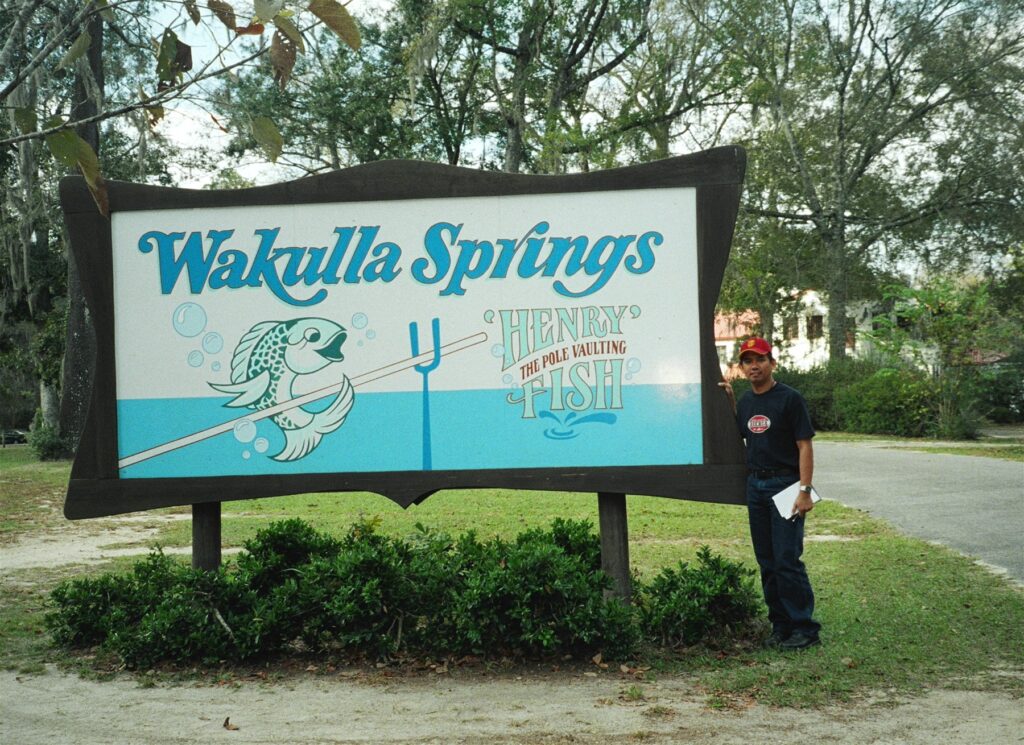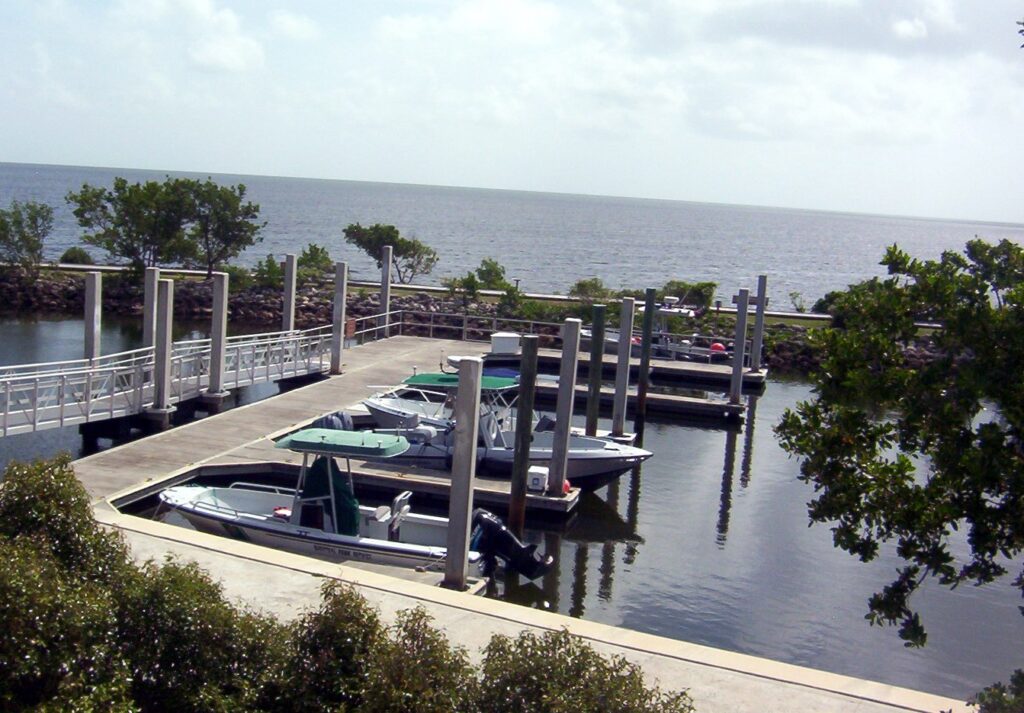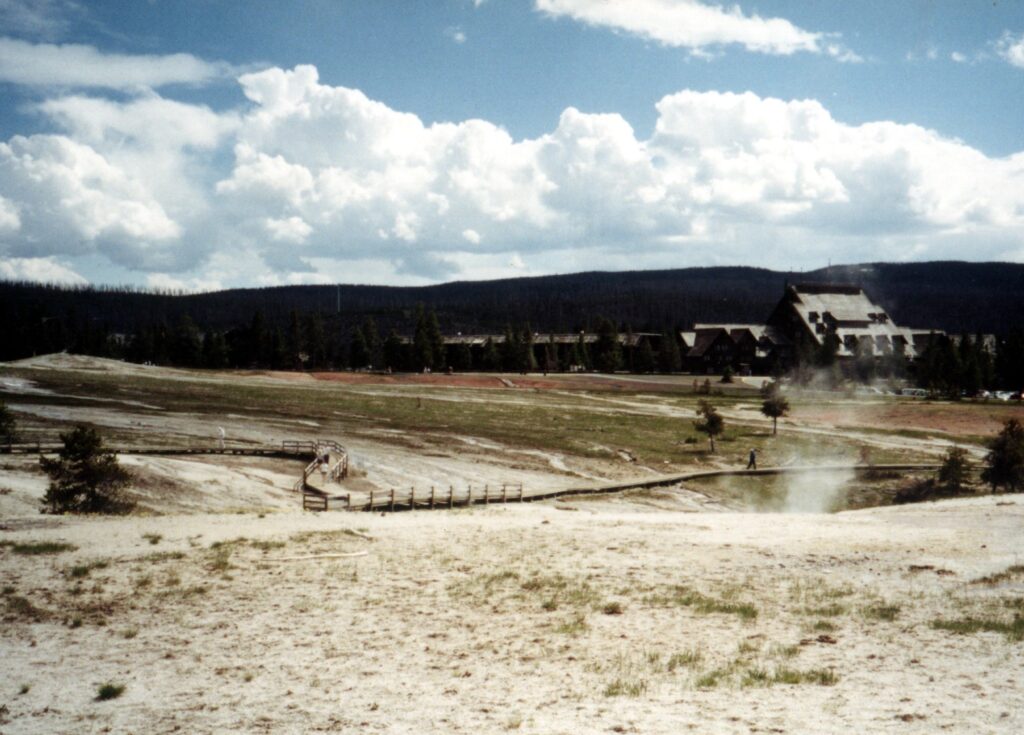Text and Photos by Henrylito D. Tacio
I had been to the United States several times and had seen some of those places which most Filipinos only see with awe in the movies or postcards. Most of those areas I had visited were really amazing, if not, to quote the word of most Americans, “awesome.” Here are some of them:
Yellowstone National Park
“For the Benefit and Enjoyment of the People” – these words, as seen on the Roosevelt Arch located at the North Entrance to the park, were excepted from the Act of Dedication, which established Yellowstone as the world’s first national park. President Ulysses S. Grant signed the law on March 1, 1872.
With a total land area of 3,472 square miles, Yellowstone National Park is larger than the states of Rhode Island and Delaware combined! Americans often described it as “a treasure that inspires awe.”
At the heart of Yellowstone’s past, present, and future lies volcanism. Yellowstone’s volcanic geology provides a classic example of a geyser. In fact, it is home to five geysers, namely, Old Faithful, Castle, Grand, Daisy, and Riverside, which are predicted by the park’s “interpretative staff.”
Old Faithful’s average interval between eruptions is about 88 minutes, varying from 45-120 minutes, and reaches a height of 32.3 to 56 meters. When we arrived at the scene, hundreds of people – waiting for about twenty minutes – were getting ready with their cameras to shoot the famous eruption.
Wakulla Springs in Tallahassee, Florida
The heart of the park is the beautiful Wakulla Spring. Crystal clear water flows from the spring to create the Wakulla River, one of the last pristine rivers in the United States. The park is listed on the National Register of Historic Places and designated a National Natural Landmark.
Wakulla Springs is one of the world’s largest and deepest freshwater springs. The greatest outflow of water ever measured in the spring was in 1973, at almost 860,000 gallons per minute. That’s over 1.2 billion gallons a day! On average, 250,000 to 400,000 gallons of water a minute flows from the spring’s huge single opening.

Two boat tours operate daily, and both are worthwhile. You’ll see an abundance of wildlife, including a host of birds and alligators. Greg said that during the winter, the spring becomes a prime spot for bird watching as thousands of migrating species pass through.
While on a boat tour, some of the scenery may look familiar as the place was the backdrop for several movies. The first Tarzan movie, featuring Olympic champion swimmer Johnny Weissmuller, was filmed at Wakulla Springs. Scenes from the classic Tarzan movies – “Tarzan’s Secret Treasure” and “Tarzan’s New York Adventure” – were shot throughout the park and included several locals as stand-ins and the use of elephants and monkeys on the set.
Biscayne National Park in Miami, Florida
Within sight of downtown Miami, yet worlds away, there is a place that can be considered a living testimony of 10,000 years of human history – from pirates and shipwrecks to pineapple farmers and presidents.
That place is known as Biscayne National Park, which protects and preserves a nationally significant marine ecosystem with mangrove shorelines, a shallow bay, undeveloped islands, and living coral reefs. “The park has protected this unique underwater world for over 35 years,” says Dr. Bernhard Riegl, associate director of the National Coral Reef Institute and associate professor at Nova Southeastern University.

Biscayne National Park
While land dominates in most parks, Biscayne is an exception. Here, water and sky overwhelm the scene in every direction, leaving the bits of low-lying land remote and insignificant (only 4 percent of the total area). This is a paradise for marine life, water birds, boaters, anglers, snorkelers, and divers alike.
The center of attraction of the park is the ecologically-fragile coral reefs. Notes one science reporter after diving under the water: “The shallow water reefs are inundated with light and burgeoning with life. Brilliantly colorful tropical fish and other curious creatures populate the reefs.”
Statue of Liberty in New York
New York, the city that never sleeps, generally does not disappoint, even if it frustrates. There are only a few places in the United States that can be considered inherently as entertaining as New York.
New York is famous for its Statue of Liberty on Liberty Island. A must, it is the most recognized icon of the city, perhaps of the United States. Some ten years in the making, the statue was a gift from France in recognition of the friendship between the two countries.
As you see it for the first time, remember the philosophy of Auguste Bartholdi, who sculpted it: “Colossal statuary does not consist simply in making an enormous statue. It ought to produce an emotion in the breast of the spectator, not because of its volume, but because its size is in keeping with the idea that it interprets, and with the place which it ought to occupy.”
Near the Statue of Liberty is Ellis Island, a memorial to all foreigners who have made the United States their adopted home. Among the notable personalities who made it through Ellis Island were actors Claudette Colbert, Bob Hope, and Edward G. Robinson, composer Irving Berlin (yes, the man who composed “Heaven Watch the Philippines”), the Von Trapp family of “The Sound of Music” fame, and poet Khalil Gibran.
Washington, D.C.
There are so many things to see, but the first stop-over should be the Smithsonian Institution building, more popularly known as The Castle. From there, go to the National Museum of Natural History, where you can explore the world’s natural and cultural wonders beneath the dome of the 1910 Beaux-Arts building.
Not to be missed is the National Air and Space Museum, touted to be the world’s most-visited museum. The fascinating museum’s 23 main exhibition galleries pay homage to some of the most ingenious and beautifully crafted objects of flight, including Charles Lindbergh’s Spirit of St. Louis, the very first Wright brother’s airplane, and the Apollo 11 lunar module.
Then, walk for more than a kilometer to be near the majestic while marble Washington Monument. From up there, you can see the Capitol, the White House, the Lincoln Memorial, and even the Central Intelligence Agency.

Heading west of the Washington Monument, follow the tree-lined path of a 2,000-foot long reflecting pool to the classical Lincoln Memorial. Going north-east, visit the Vietnam Veterans Memorial.
On your way back, stop for a while and see the most elegant and familiar of all the world’s political residences, the White House. George Washington personally supervised the design and construction of the building, although he never lived there.
Washington is a city built for walking: sidewalks are wide, intersections have pedestrian walks signs, and drivers are courteous. But the scale can be misleading, so wear comfortable shoes when exploring the city.

